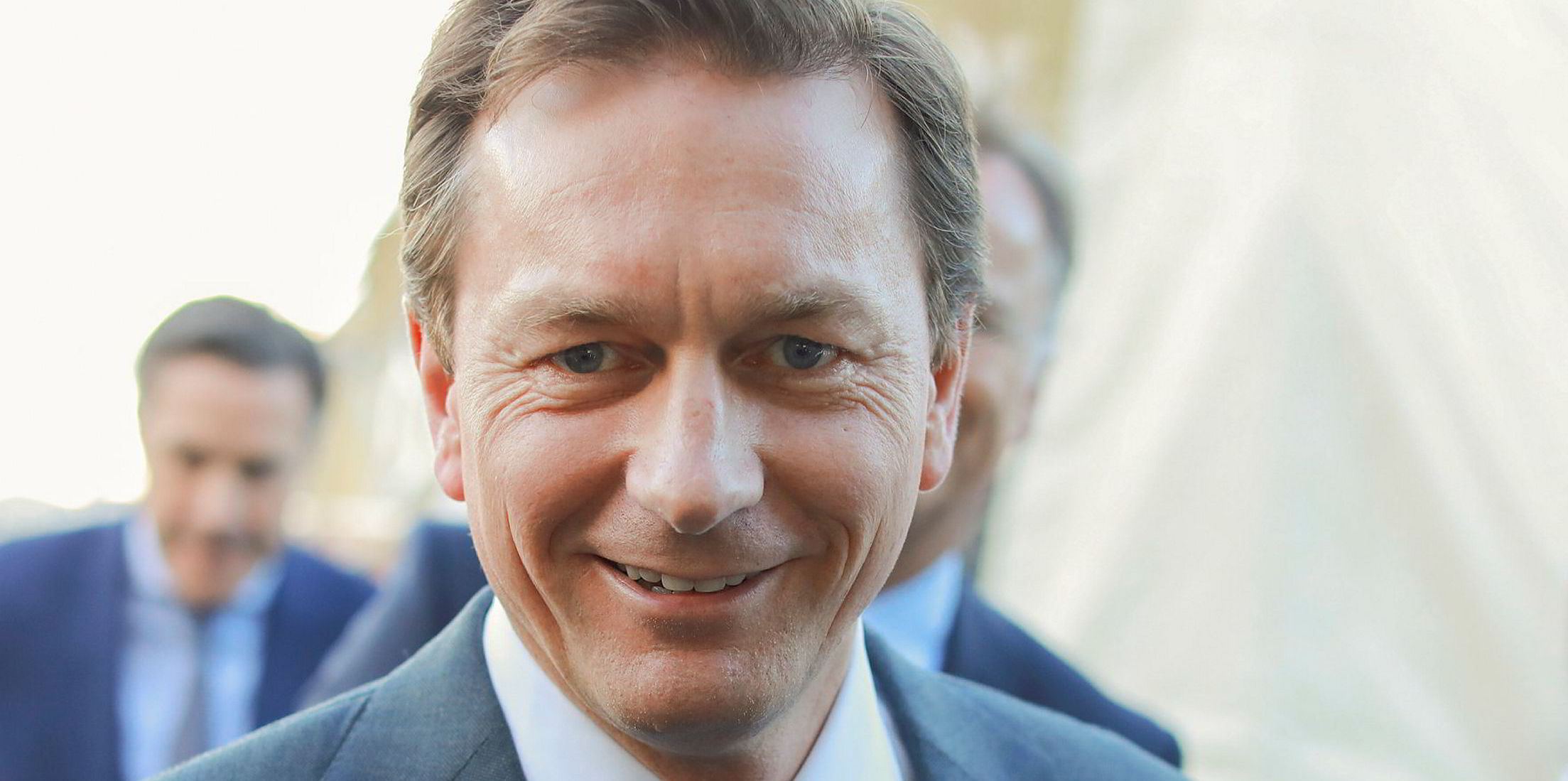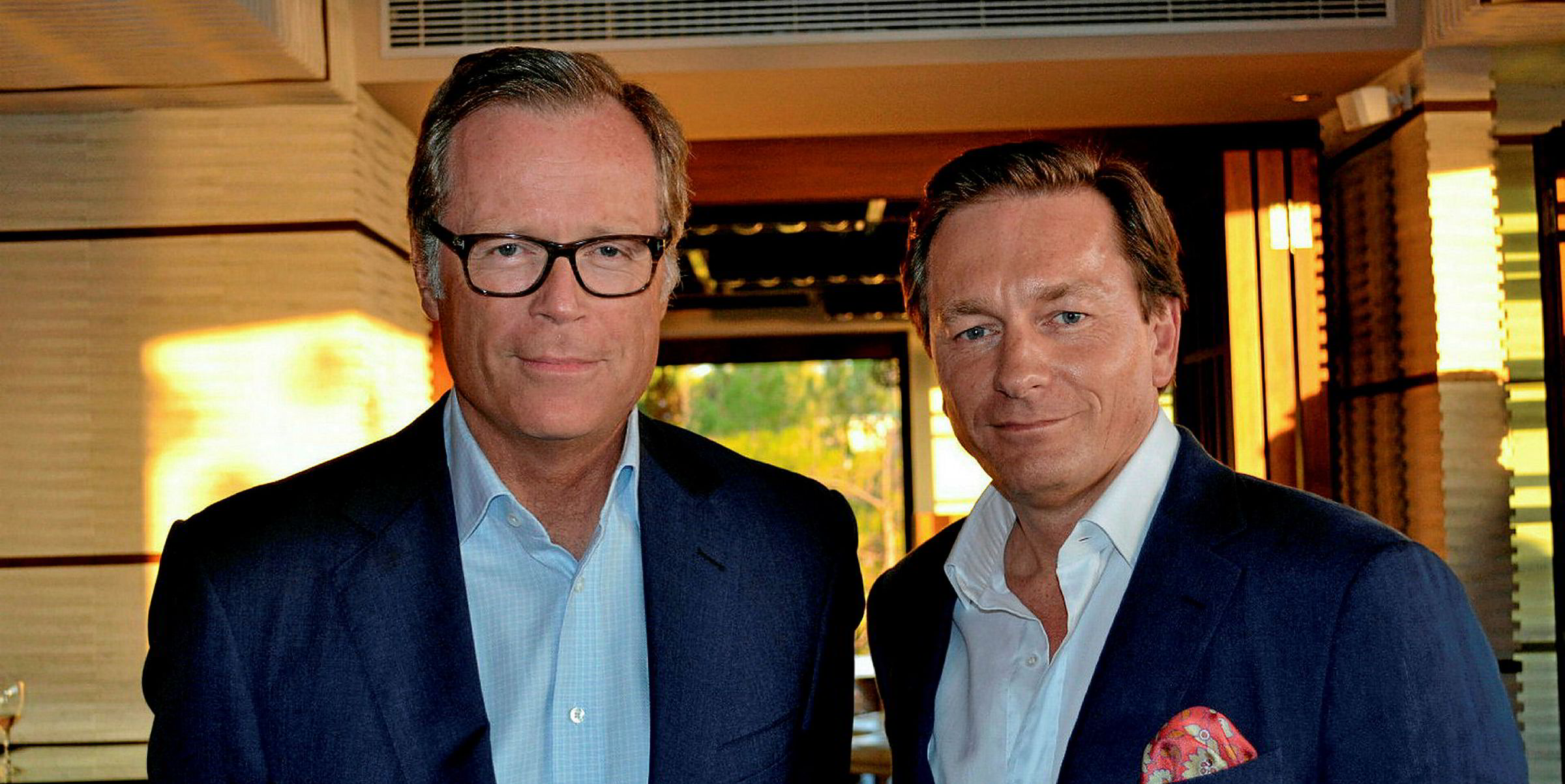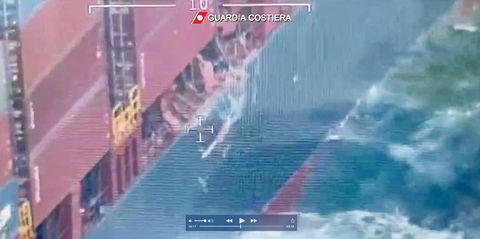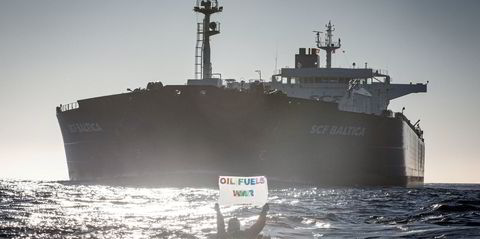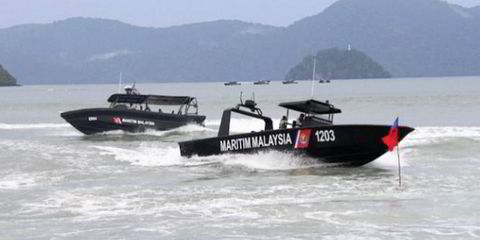Scrubber bans from specific states have not shredded the economics of installing the technology on DHT Holdings’ VLCCs, company officials say.
Co-executive Svein Moxnes Harfjeld believes moves by Singapore and other notable regions to prevent the use of open-loop scrubbers close to coast have not taken the company by surprise.
“Our base case has always been to consume compliant fuel while in ports and in coastal waters,” Harfjeld told investors and analysts on a conference call today.
